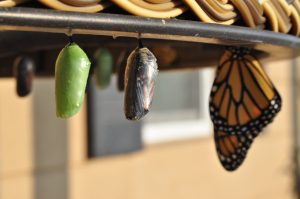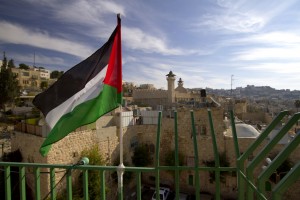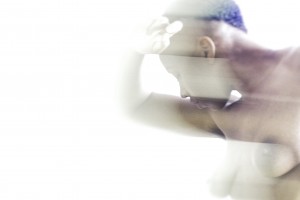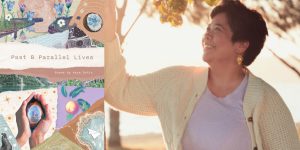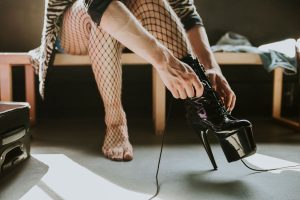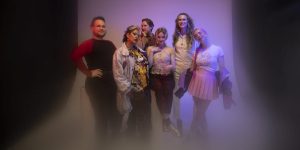Blak, bi and not a guy: On intersecting identities
By: Ulysses Thomas
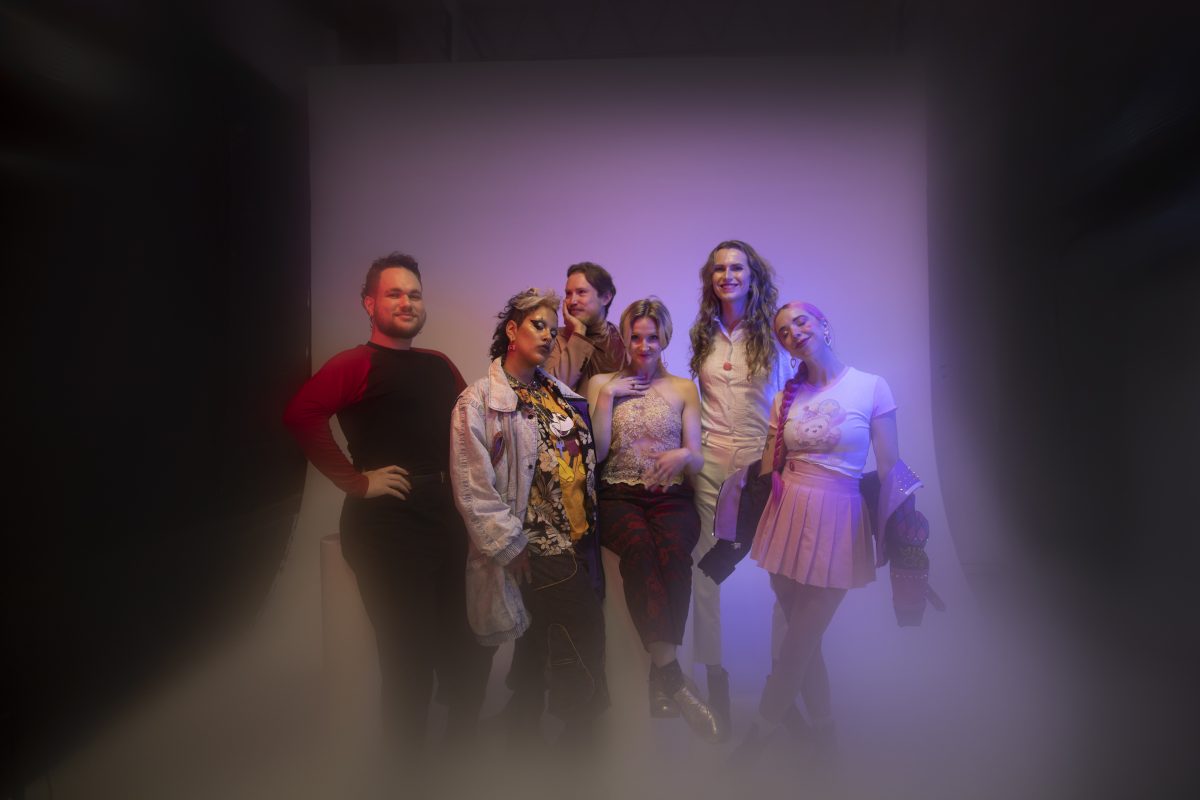
Archer Magazine has partnered with Melbourne Bisexual Network to amplify voices from the bi+ community. This article is part of a series to celebrate Bisexual Awareness Week, supported by the Victorian Government.
You can read the other articles in this series here.
Content warning: This article discusses religion.
Long before I had even the whisper of a thought about my sexuality, I was aware that I was different.
I am Aboriginal and Torres Strait Islander: a Bwgcolman, a Murri, a blakfulla, like my mother. However, in stark contrast to her richer, darker brown skin, eyes and hair, I am closer to my migaloo (white) father’s colouring – with light eyes and a slightly tan complexion, and a little spritz of rosacea.
In other words, reader, I was robbed.
My mother has told me about how, as a blonde-haired, blue-eyed child, I would rub my pale little arms on her skin in an effort to transfer her melanin onto myself. I wanted to look like her – the way I was ‘supposed to’ look, in order for people to believe that I was her child, and also to hopefully dispel any kidnapping suspicions.
Growing up always being read as white by non-mob, my identity as a blakfulla was often scrutinised and questioned:
“You don’t look Aboriginal.”
“Are you more black, or more white?”
“What percentage of Aboriginal are you?”
“Prove it!”
“To me, you’re just white.”
These experiences made me feel like this huge part of me, my blakness, was somehow cancelled out by my fair skin – a trait I never chose for myself.
As I’m sure many of you are aware, there is precedent for this exact line of thinking in this country.
All images by: Jade Florence
Up until my early twenties, I didn’t feel comfortable taking up space as a blakfulla, even when I was around other blakfullas. I always felt as though I wasn’t enough, that someone ‘more blak’ should have the opportunities I’d been fortunate enough to have. But at the same time, it felt emphatically wrong to just call myself ‘wh*te’.
I eventually found solace in the fact that the colour of my – or any other blakfulla’s – skin does not determine the legitimacy of our cultural identity. We do not deal in blood quantum; no one is more of a blakfulla than the other.
If you’re blak, that’s it: you’re blak.
In a way, my experience as a light-skinned blakfulla prepared me for the questions, the scepticism, the casually invasive demands, and the incessant self-doubt that came on my journey as a budding bisexual.
Yes, this article is about bisexuality, I haven’t forgotten.
As young as 10, I had already begun to feel in my little blak bones that I was different in more ways than one.

Christianity was a huge part of my upbringing. I attended Christian private schools and almost every Sunday, my mother would take me and my brothers to church.
As a child with undiagnosed ADHD, I quite liked the worship portion at the beginning of service – especially in the wannabe Hillsong megachurches with their loud music, flashing lights, conservative arm-waving and occasional jumping on the spot.
The sermons, however, not so much. I recall one particular sermon in which the pastor evangelised about how homosexuality was the reason every great historical civilisation fell.
I was instilled with the notion that gay people were misguided and lost, and that homosexuality was evil. At best, I’d occasionally hear that gay people were made perfectly as they were by God, but were not allowed to act on their God-given nature unless they wanted an invitation to eternal damnation.
How cruel to look at your children and say you made them with infinite care and love, only to call them abominations for being the way you created them.
To be fair, that’s not the wildest or cruellest thing God has ever done.
Remember when God sent a big fish to kidnap someone after they refused to run an errand for Him? Or that time God persecuted a pair of women because they were size queens?
I do.
Whenever queer people were visible in public, on the news, or in the movies my family and I would impulsively rent from Blockbuster, I would need to brace myself for the inevitable rebuke that would follow.
Bisexuality was never mentioned at all in these situations: you were either gay or straight; wrong or righteous.
In early high school, when I really started noticing my multi-gender attraction, the discussions about bisexuality were limited.
I’d only heard about bisexuality through the assertion that women were merely bisexual for the attention and gratification of men, and that bisexual men were just in denial about being gay. Real bisexuality didn’t exist.
Am I gay? This thought was constant and it terrified 12-year-old me. The more I tried to push it away, the louder it got.
Despite my undeniable multi-gender attraction, the biphobic mythos that surrounded me growing up made me feel like a fraud if I considered calling myself bisexual, like I was just delaying my inevitable and expected entry to the ‘men only’ club. This was on top of my fear that if it came out that I wasn’t straight, I could lose my family.
But as a label for myself, gay just never felt right. It was restrictive, I couldn’t move within it, and it felt just as forced upon me as the straight label was.
So, despite my lingering uncertainty, I came out to myself as bisexual when I was 17, right before finishing high school.
Eventually, I stopped going to church. The novelty of flashing lights and loud music had long worn off, replaced by the fatigue of having to potentially sit through another hour-long explanation about why I was somehow the most evil thing to exist because of something I couldn’t change.
All sin was equally sinful, but apparently my sin was worse.
I was 19 when I had my first ever date – and my first romantic kiss – which happened to be with another bisexual.
We were both ex-Christians, from the same school and positively riddled with anxiety and internalised biphobia. So it shouldn’t surprise you to hear that one of the first things we queerly trauma-bonded over were our fears that we might just be lying to ourselves.
Even when we personally struggled to own our bisexuality, we never questioned each other, and we never asked each other for proof. I took comfort in the space we had together where we could just be.
We didn’t date for very long, but that feeling of security and mutual understanding helped to start untangling the knot of my self-doubt.
I came out to some family members around the same time, which was unfortunately a very painful experience, and a main contributor in my decision to move from Townsville to Melbourne a year later, in 2016.
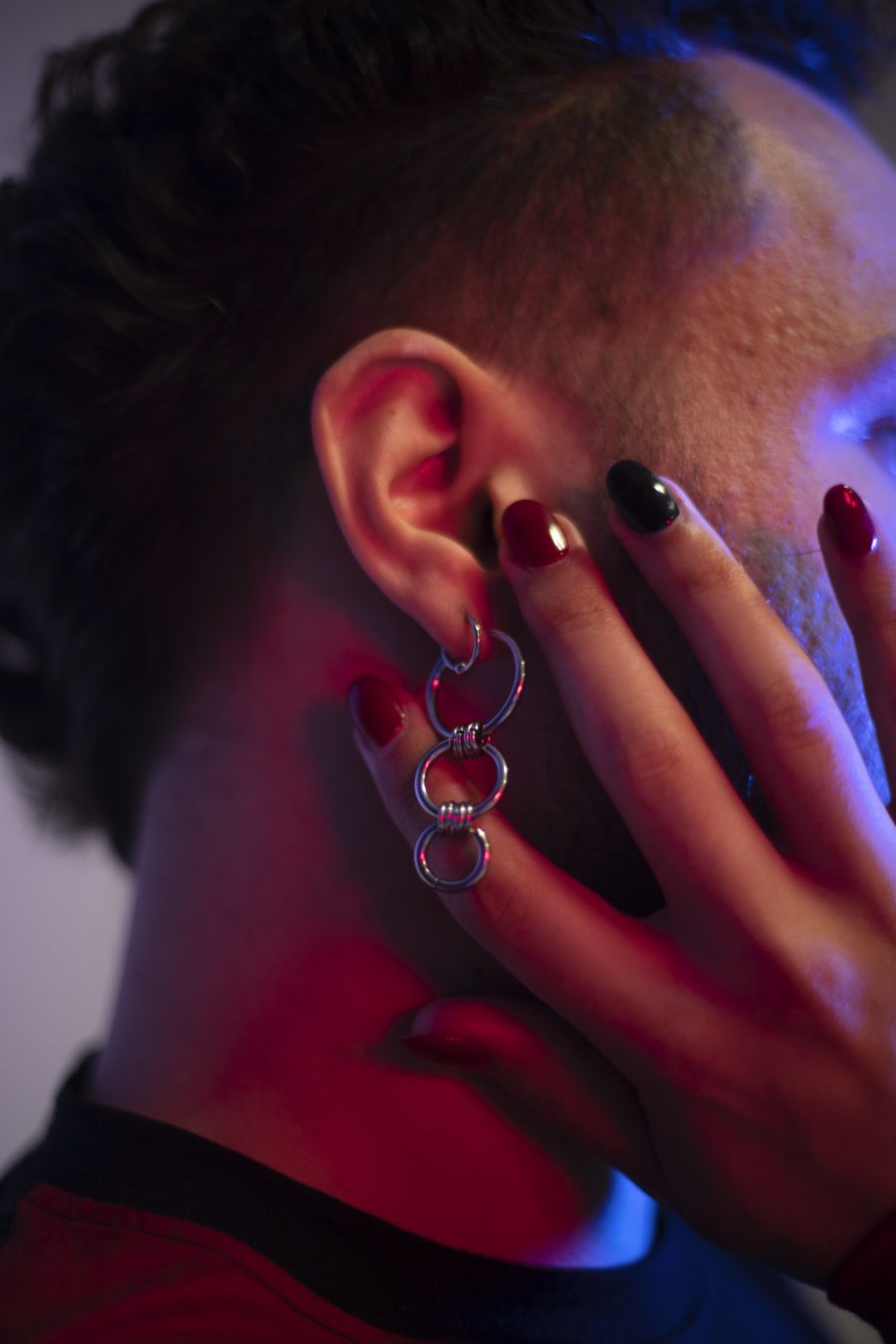
Living in Melbourne as an out bisexual, the bi+ community was not something I intentionally sought out. I didn’t even know it existed. I was fortunate enough to be adopted into the community like a stray kitten – grateful and afraid – by other bisexuals whom today I consider some of my dearest friends. I met the very first of these friends at a house party – with pink, purple and blue nebulas painted across my arms and face.
We are not a subtle people, we bisexuals.
In the early days, before the community found me, I felt such a need to justify and prove my bisexuality to others – and honestly, to myself as well. It felt like I’d lose my bi-cence if I didn’t constantly announce it and present a manila folder’s worth of evidence to be cross-examined.
I used to quantify my attraction in percentages. I’d say it was a 50-50 split between men and women, or 70-30, or 90-10. This was a painfully binary way to think about my attraction, and as a result, it was also never accurate.
Being bisexual means that gender isn’t a barrier to who I get to love. I get the privilege of seeing and experiencing the full spectrum in all its beautiful, strange and rebellious expressions.
Besides, who was I to assume I knew someone’s gender upon meeting them? At this point I wasn’t sure I knew my own. I didn’t need to impose a metric on another aspect of my identity.
It was through connecting with community that I found the feeling of security and safety in not having to justify myself. Among fellow bisexuals, my unique experiences of bisexuality were never questioned. I could simply exist as I was.
If you’re bi, that’s it: you’re bi.
The knot of self-doubt came undone. Being bisexual, just like being a blakfulla, became a solid constant of my identity. Unshakable and unquestionable by those outside of myself.
The queer community exposed me to so many exquisite expressions of gender, beyond the cis-normative and colonial roles and expectations we get assigned.
Growing up, the Sistergirls from my community on Palm Island were my first introduction to gender diversity. They were beautiful expressions of the feminine spirit, existing outside of the colonial binary definition of ‘man’ or ‘woman’. And while I always felt an affinity with my tiddas, I was not a Sistergirl – but I definitely wasn’t cis either.
In 2019, I decided to play a character in a Dungeons and Dragons game who used they/them pronouns. But I had a secret agenda – so secret it was unknown even to me in the beginning – that through this character I would dabble in using gender neutral pronouns for myself.
Fast forward a mere three months, and my character’s pronouns had become my own.
I had only been holding onto the label of my assigned gender very loosely, with the limpest of metaphorical wrists. If a potential partner’s gender didn’t matter, then did mine?
At present, I don’t have an official label for my gender; I half-jokingly call myself a ‘gender non-participant’, as if gender were a compulsory sport in school for which I have a note that exempts me from having to play. Non-binary is the word people are using at the moment, and that’s fine too.
My blak and bisexual identities have become like foundational pillars in the garden of my soul, and in the space between their architecture, my gender has been allowed to grow, blossom, wither away, and grow all over again.
I can exist in both the absence of definition and in endless possibility. An undefinable flux of nothing and everything all at once.
As a newly minted 28-year-old, I can confirm my childhood suspicions: I am beautifully different in more ways than one.
I’m blak, bi and not a guy.
Ulysses Thomas is a Bwgcolman person who grew up on the lands of the Bindal and Wulgurukaba people – also known as Townsville and Palm Island in North Queensland. They have been based in Naarm for nearly seven years and have had various roles in healthcare and primary harm prevention. Currently, Ulysses helps in facilitating training on intersectionality and creating supportive networks for professionals of diverse backgrounds and intersections of identities.
Archer Magazine has partnered with Melbourne Bisexual Network to amplify voices from the bi+ community. This article is part of a series to celebrate Bisexual Awareness Week, supported by the Victorian Government.
You can read the other articles in this series here.



